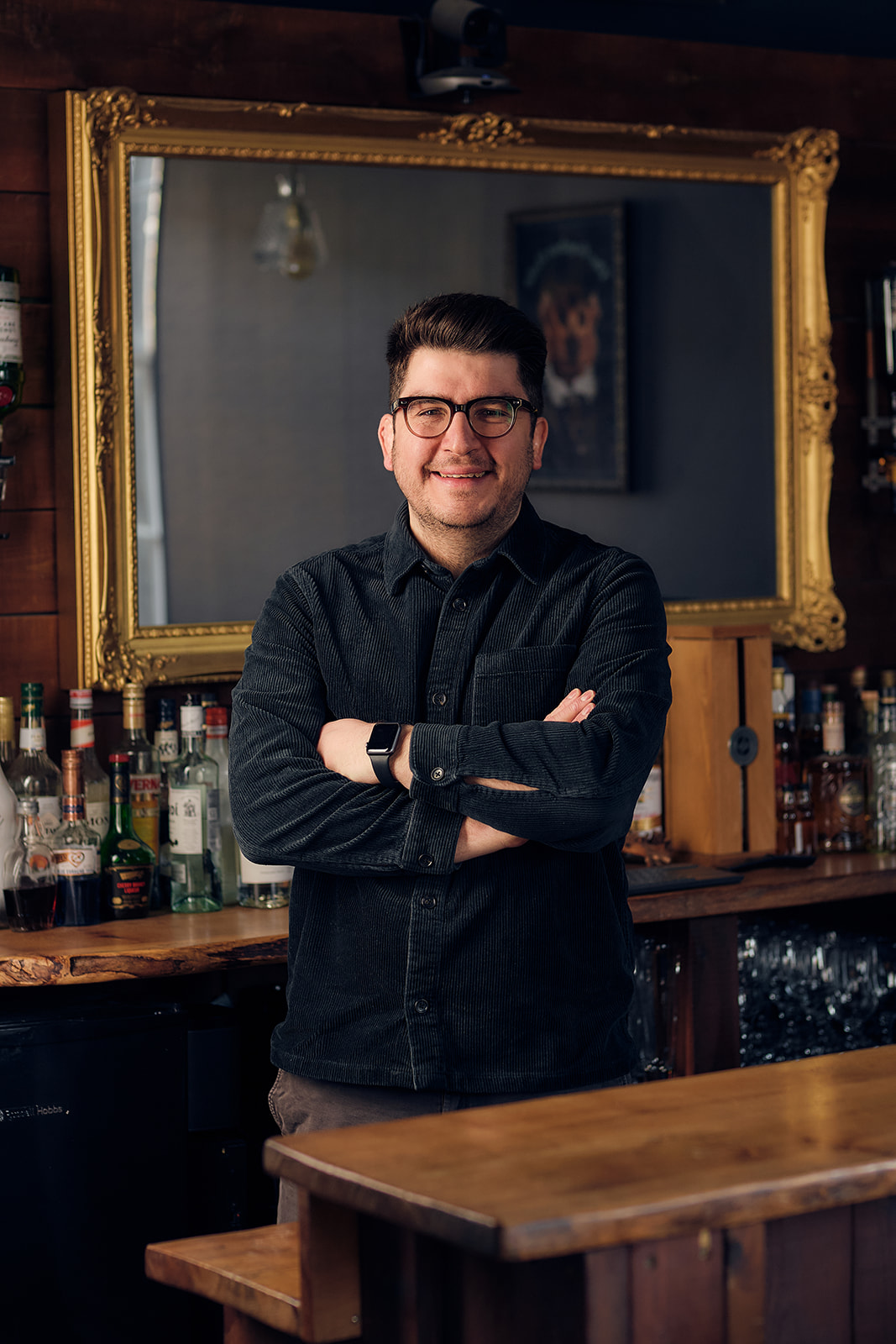I recently attended a sold-out seminar titled ‘The Death of the Drinks Industry (as we know It)’ arranged by the Marketing Mixer Scotland – a theme that has been popping up with more and more regularity.
It was a really interesting event but despite the title I came away from it feeling strangely positive. Because actually rather than dying, I think maybe the industry just feels a bit hungover.
After all we have enjoyed a pretty big session for quite some time – seemingly exponential growth, super-premium whisky flying, for years, many assumed that demand for alcohol was natural and inevitable.
But as the event pointed out, with post-COVID declines taking hold, coupled with Gen Z’s focus on wellness and distancing from alcohol, the industry finds itself in a tough spot.
However, while the threats are very real, I’m optimistic because these may not be completely new challenges to overcome.
After all, I remember when the smoking ban was going to be the death of the drinks industry, then changing millennial drinking habits and at least 3 different taxation changes. All of this triggered hand-wringing concern about decline. All of these were overcome.
And within these challenges I think there are some really interesting opportunities…
THE NEW FORCES AT PLAY
We’ve all heard how Gen Z drinks significantly less than previous generations, driven by healthier social habits and a strong focus on wellness. They no longer associate alcohol with status or fun in the same way older generations – like me as an older millennial – once did.
But then how do we explain the social phenomenon of ‘Split the G’ – clearly attracting younger drinkers who previously avoided stouts, heavily driven by Gen Z and hardly a ‘mindful’ activity? Illogical – certainly, effective – exponentially. The fact that Guinness sold out in many places over Christmas challenges the notion of the drinks industry’s decline.
Couple this popularity with the fact that the biggest driver of someone ordering a Guinness is often seeing someone else already drinking one and you have in-built acceleration.
Now that’s all well and good for Guinness, but can anyone else do similar?
A CASE IN POINT – APEROL: OWN A MOMENT AND BRAND BUILDING OVER TIME
With the sun sneaking out over the past few days the pubs near the office are looking busier than they have for a few months, and a certain bright orange concoction is hard to miss (not Irn Bru).
Aperol’s success isn’t the result of a viral trend or short-term push – it’s the product of consistent brand building over time. By relentlessly associating itself with the aperitivo moment and summer drinking culture, Aperol has embedded its bright orange Spritz into consumer memory.
The distinctiveness of its colour, glassware, and branding makes it instantly recognisable at quite some distance, ensuring that when you see a group with Aperol Spritz in hand, you know exactly what they’re drinking. This long-term approach has made Aperol more than just a drink – it’s a social cue and a brand that owns a moment. And that’s what consumers are willing to pay more for.
It is these moments of real consumer connectedness that will make brands truly weather the storm, staying connected and understanding the motivators of cultural trends to meet consumers where they are.
SO WHAT DO WE DO?
These shifts demand attention: brands can no longer rely solely on taste or discounts to drive sales. Instead, they must be more meaningful and distinctive to stay relevant in an evolving market.
Look at the brands currently winning – their success doesn’t come from luck. It’s from combining long-term brand building with timely cultural relevance.
Guinness, with its signature pour and iconic glassware, has always been distinctive. But what’s made it meaningful again, especially for Gen Z, is leaning into a ritual. The viral ‘Split the G’ trend isn’t just a gimmick – it’s a socially shareable moment of participation. The drink remains recognisable and consistent but now plays into the cultural codes of today’s drinkers: challenge, community, and visual gratification.
Aperol is another case in point. Its success isn’t just down to its unique colour and glassware – it’s the ownership of a distinctive moment. By consistently linking itself to sunny, social afternoons and the aperitivo lifestyle, it created more than just a drink – it created a seasonal ritual. This long-term approach embedded Aperol in culture, making it a non-negotiable part of summer socialising.
So, in essence, the drinks industry definitely isn’t dying – it’s simply distilling a different future, where strong brand building, distinctiveness and cultural relevance are more important than ever.
Interested to find out how we can use our Industry Insights to help your brand get an Unfair Advantage?
Drop us a note to talk to us about your challenge.



 By Luke Di Rollo
By Luke Di Rollo